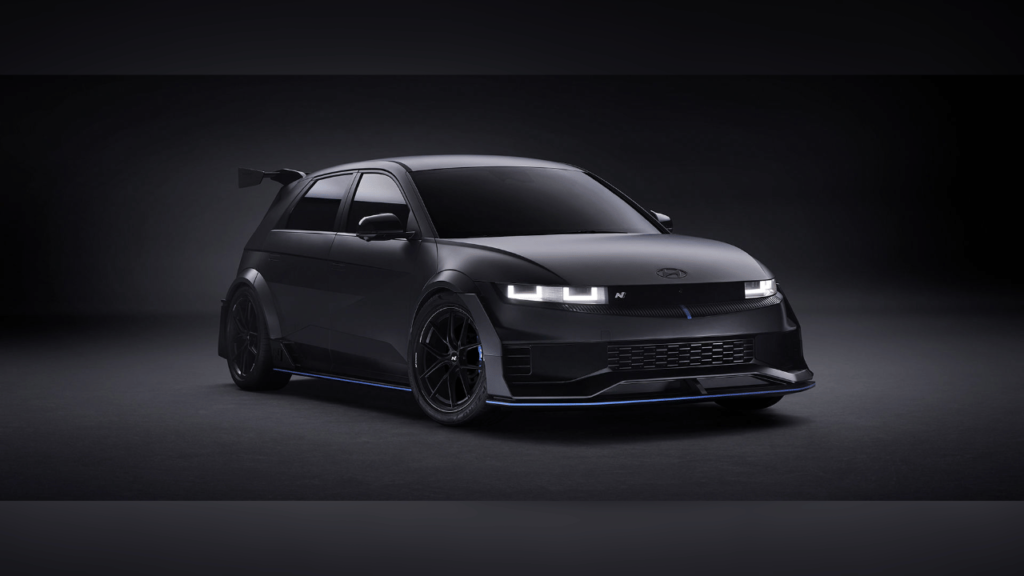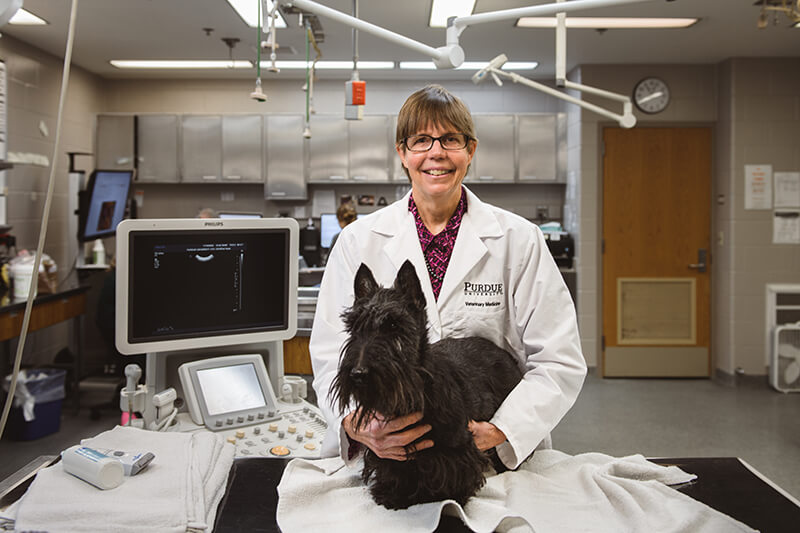A much anticipated joint project between NASA and Lockheed Martin, the X-59 Quiet Supersonic Transport (QueSST) represents a major breakthrough in aeronautics, especially in tackling the difficulties of supersonic flight. The recently unveiled aircraft is a ground-breaking attempt to lessen the disturbing sonic boom that comes with travelling faster than supersonic.
The X-59 is distinguished by its distinctive design, especially its long, pointed nose-cone, which is essential in lowering the volume of the sonic boom to a mere “sonic thump.” However, this configuration makes it difficult to see forward from the cockpit. To solve this, the X-59 is equipped with an improved flight vision system (EVS), incorporating a 4K camera with a 33° by 19° angle of view.
By making up for the absence of a forward-facing window, this mechanism makes sure pilots can see clearly forward. The newest avionics from United Technologies subsidiary Collins Aerospace substantially improve the cockpit of the X-59. Among the avionics are the EVS with long-wave infrared sensors and the Pro Line Fusion Cockpit, which shows the sonic boom on the ground. While the NASA external vision system (XVS) gives the forward view, these sensors are essential for landing.
NASA’s X-59 is an important research instrument in addition to an experimental aircraft. The goal of the project is to make it possible for commercial supersonic flying over land, which is now impossible because of sonic boom noise and disruption. The X-59’s design seeks to achieve supersonic speeds of 1.4 times the speed of sound (about 925 mph) while delivering a gentler sonic thump instead of a typical boom.
The X-59’s development and debut are important because they address the cultural and environmental disruptions brought on by sonic booms, which have been a problem with aircraft like as the Concorde in the past. Due to the loud and disruptive sonic boom of the Concorde, its flights were mostly restricted to over-ocean routes. The goal of the X-59, on the other hand, is to make supersonic travel over land possible and less invasive.
The X-59 would go through extensive testing phases after its introduction, including engine runs, taxi testing, and integrated systems testing. The purpose of these testing is to get the aircraft ready for its first flight, which is slated for later in 2024. After the aircraft has completed its initial flight testing at Lockheed Martin’s Skunk Works, it will be moved to NASA’s Armstrong Flight Research Centre in Edwards, California, for additional operations and testing.
The construction and testing of the X-59 promise quicker travel times and less environmental effect, marking not just a significant advancement in aeronautical engineering but also a potential paradigm shift in air travel. Future rules and designs for will likely be greatly influenced by the information and understanding obtained from the X-59 project.
Following the unveiling, the next steps for the X-59 include comprehensive testing phases, such as integrated systems testing, engine runs, and taxi testing. These tests are crucial in preparing the aircraft for its first flight, scheduled for later in 2024. The initial flight tests will be conducted at Lockheed Martin’s Skunk Works, after which the aircraft will be transferred to NASA’s Armstrong Flight Research Center in Edwards, California, for further operations and testing.
The X-59’s development and testing not only signify a leap in aeronautical engineering but also present a potential paradigm shift in air travel, promising faster travel times and reduced environmental impact. The data and insights gained from the X-59 project are expected to be instrumental in shaping future regulations and designs for commercial supersonic aircraft, thus opening new frontiers in aviation.
Near-Silent at 925 MPH: NASA and Lockheed Martin’s Advanced X-59 Supersonic Journey
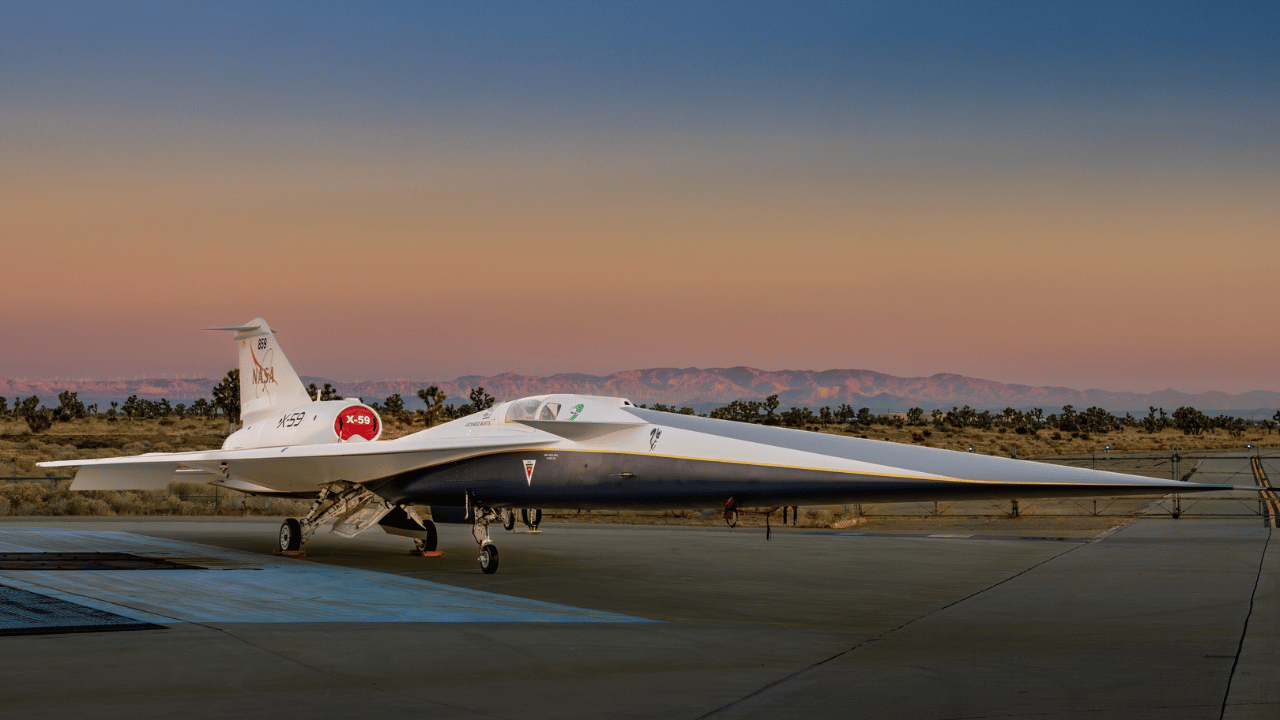
Latest from Aviation
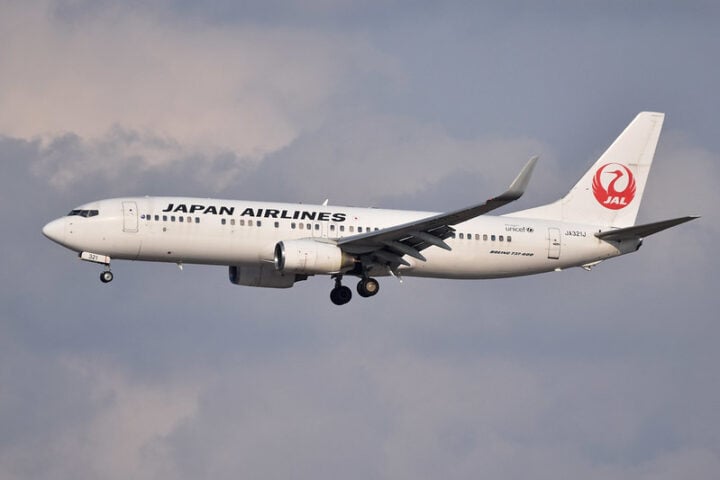
Japan Airlines Boeing 737 Plunges 26,000 Feet in 10 Minutes: Passengers Write Wills as Oxygen Masks Drop
A routine flight turned into a nightmare for 191 passengers and crew aboard Japan Airlines Flight JL8696 on June 30, 2025. The Boeing 737-800 aircraft, operating under a codeshare agreement with Spring
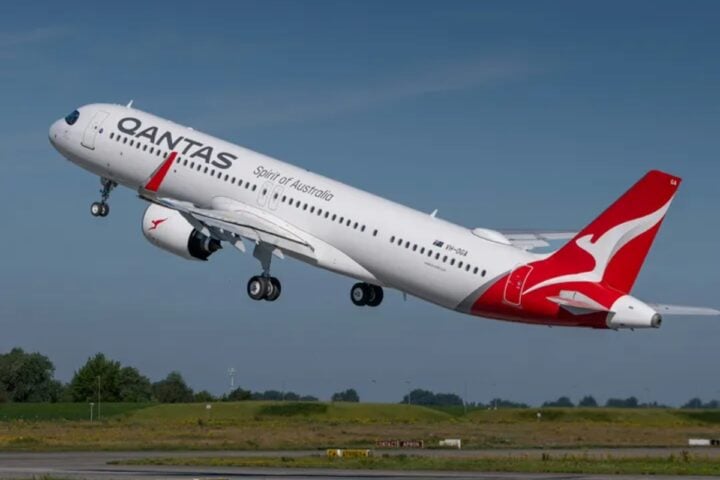
Qantas Breaks Aviation Record with 9,600km A321XLR Flight on First Asia-Pacific Delivery
Qantas made aviation history on June 30, 2025, when it received its first Airbus A321XLR, becoming the first airline in Asia-Pacific to operate this new type of aircraft. The plane, named ‘Great
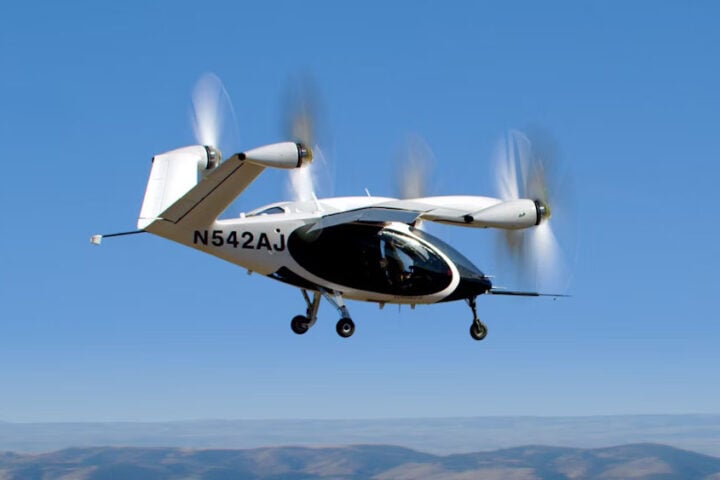
Dubai Air Taxis to Slash 45-Minute Airport Commutes to Just 12 Minutes by 2026
Dubai is set to become one of the first cities in the world with a flying taxi service. Joby Aviation, a California-based company, has already delivered its first electric aircraft to Dubai

Air India Crash: Sabotage Angle Officially Probed in ‘One in a Billion’ Dual Engine Failure
The investigation into the deadly Air India flight AI-171 crash that killed 260 people continues to explore “all angles,” including potential sabotage, according to India’s aviation officials. This development marks the first
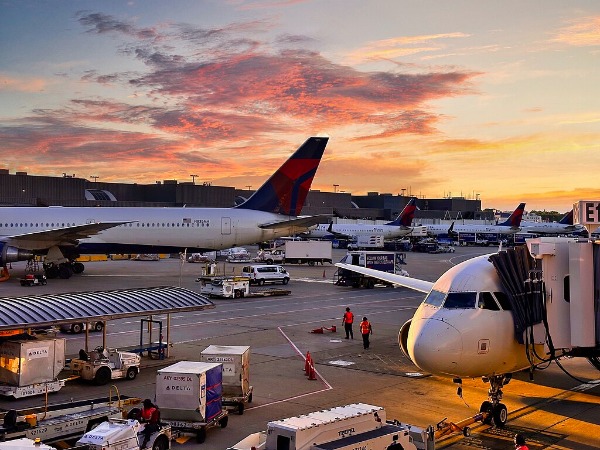
Atlanta Airport Tops US with 408 Flight Cancellations After Storms Empty Control Tower
Hartsfield-Jackson Atlanta International Airport, the nation’s busiest air hub, continues to face major disruptions after powerful thunderstorms battered the region Friday night. As of Saturday morning, June 28, over 408 flights have
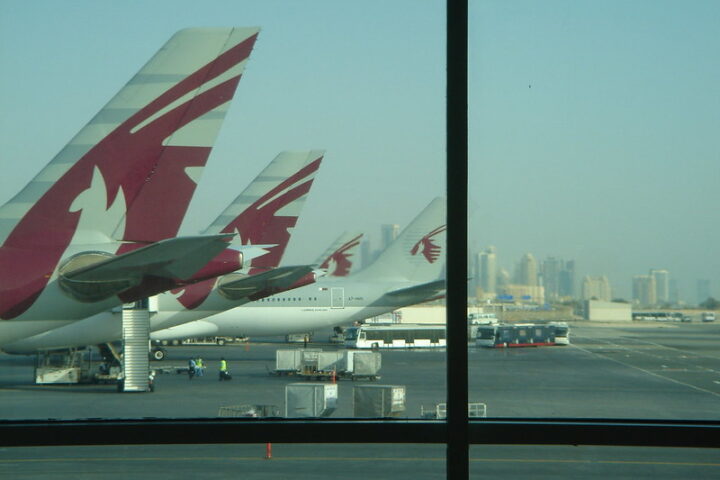
Middle East Airspace Crisis Forces Global Aviation Chaos as Israel-Iran Conflict Escalates
The skies over the Middle East have turned into no-fly zones as fighting between Israel and Iran forces airlines worldwide to cancel flights, change routes, and deal with angry passengers stuck in

Norfolk Aircraft Emergency Signal Triggers 4-Hour Search Finding Only Footballs And Toy Boat
Emergency teams called off a four-hour search on Sunday after finding no trace of an aircraft that supposedly crashed near Hemsby Beach. The operation involved multiple rescue workers, but they discovered nothing
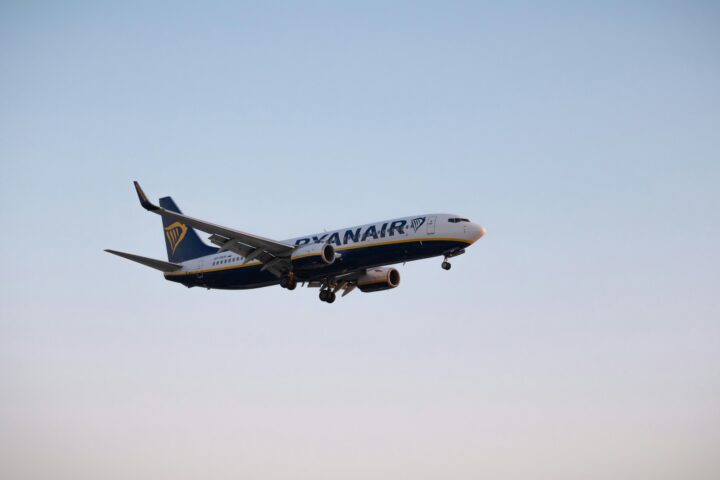
Ryanair Boeing 737 MAX Damages Wing After Hitting Fence at Greek Airport, Adding to 200+ Annual Runway Incidents
A Ryanair Boeing 737 hit a fence while taxiing after landing at a Greek airport on June 18, 2025, tearing part of its wing. The plane had just landed at Kalamata International
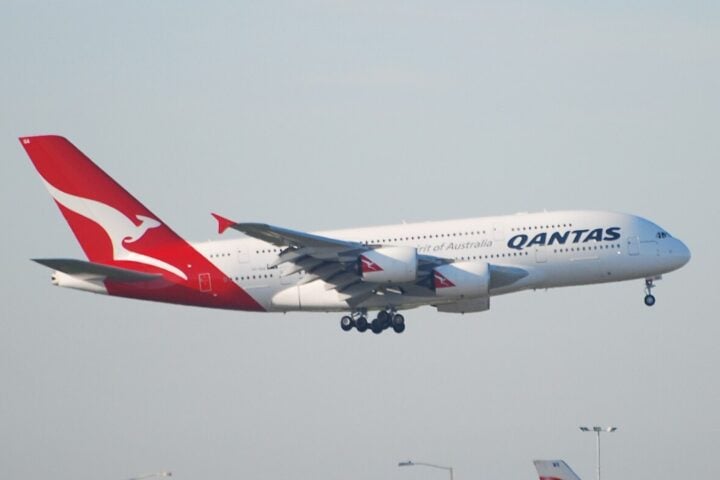
Qantas 737 Windscreen Shattered in Second Brisbane Airport Aerobridge Collision This Month
A Qantas Boeing 737-800 had its windscreen shattered when it collided with an aerobridge at Brisbane International Airport on Wednesday evening. The incident happened around 6:30 PM on June 18, 2025, shortly
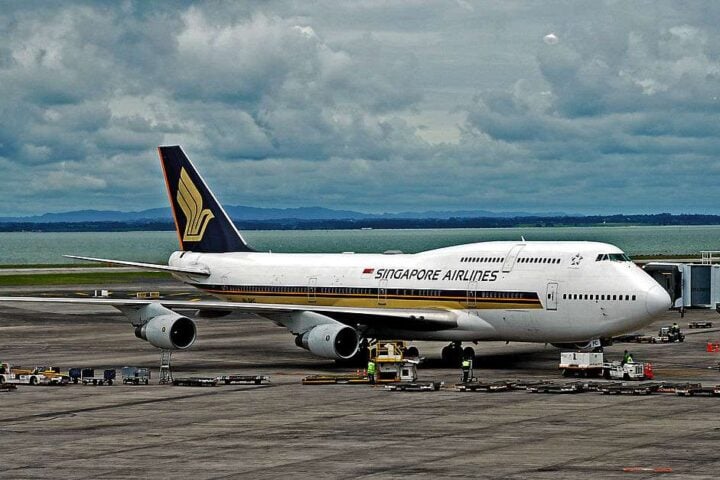
Doctor Sues Singapore Airlines After Shellfish Allergy Emergency Forces Paris Landing
A New York doctor is taking Singapore Airlines to court after being served shrimp on a flight despite warning the crew about her severe shellfish allergy. The mistake led to an emergency
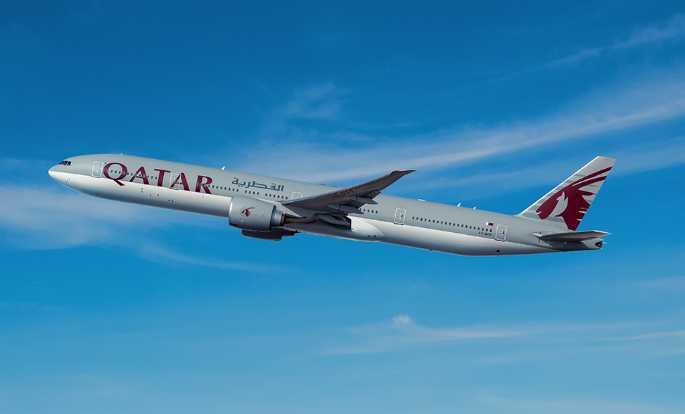
Qatar Airways Claims 9th “World’s Best Airline” Title as Qantas Jumps 10 Spots in 2025 Rankings
Qatar Airways has claimed the title of world’s best airline for 2025 in the prestigious Skytrax World Airline Awards, securing the honor for the second consecutive year and the ninth time overall.

LIVE: Emergency System Activated During Air India Crash – DGCA Orders Boeing Fleet Safety Inspections
7:04 PM – 18/06/2025 Investigators found that the emergency system activated when the flight went down. Both engines stopped working, which automatically turned on the Ram Air Turbine (RAT). RAT helps the
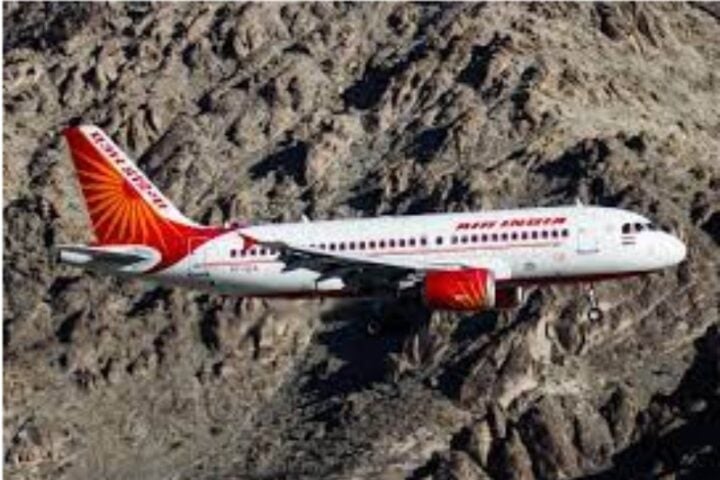
Air India Pilot’s “We Don’t Want to Continue” Alert Forces Hong Kong Return as Boeing 787 Concerns Mount
An Air India flight made an emergency return to Hong Kong on Monday when the pilot decided not to continue the journey due to technical issues. This incident adds to growing concerns
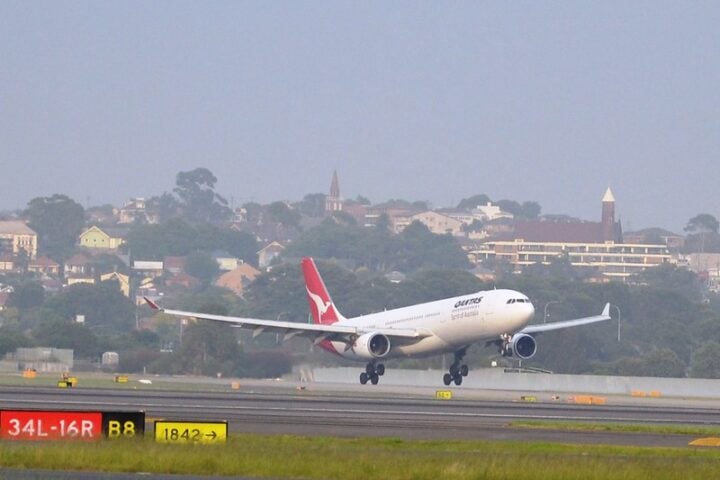
Qantas Trainee Pilot Collapses After Landing: Third Crew Member Prevents Ground Incident
A Qantas trainee pilot briefly lost consciousness while taxiing a Boeing 737 aircraft after landing at Sydney Airport on Tuesday, June 10, 2025. The incident occurred on flight QF804 from Canberra, which

Air India Ahmedabad Crash Insurance Claims Reach $475 Million- Live Updates
7:46 PM IST- 18/06/2025 Addressing a press conference, Gujarat Cabinet Minister Rushikesh Patel says, “The incident in Ahmedabad on June 12 was tragic and unexpected. It should not have happened, but it
